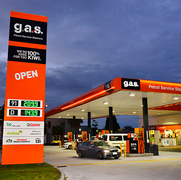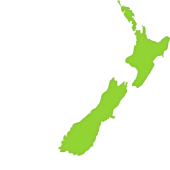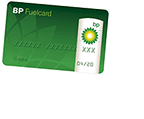History of GAS

Gasoline Alley Services Ltd (GAS) has over 120 sites across New Zealand. It is 100% New Zealand-owned and the great majority of GAS supplied petrol service stations are independently owned and operated. GAS aims to provide personal, friendly service and is proud of its involvement in local communities throughout the country.
The focus GAS applies to local communities is at the core of its business, be these communities in heartland, rural areas or within New Zealand’s major urban centres. Indeed, the business was founded in 1999 on the challenge of keeping neighbourhood petrol service stations pumping just as other, larger corporations were feeling and acting on the pressure to withdraw from their smaller, more marginal sites in rural areas.
1988
The petroleum retail industry in New Zealand was deregulated. This paved the way for major oil companies to terminate supply to small independent service stations in favour of their larger, company-owned stations.
In the years that followed Phil Murray, at that time working in commercial real estate, was approached by a number of ex-colleagues from the service station industry whose supply agreements with the major oil companies were coming to an end. They were looking for a source of supply and had confidence that Phil could find one – he rose to the challenge.
1999
GAS was founded after extensive negotiations both with potential retailers and suppliers. The partners who formed GAS entered a supply arrangement with Caltex for the purchase and resale of fuel products bought through the company and delivered by and through its distribution network.
In 1999 the first GAS station, Leigh Motors, assumed the GAS brand and remains with it today as GAS Leigh. This great little business is typical of the GAS network, supplying fuel to a local community and its many visitors (to Goat Island, Pakiri and the surrounding area).
By the end of 2000, GAS had established 14 stations from Te Hana in Northland to Kingston.
2003
After an exhaustive review of options, GAS switched suppliers to BP, again taking advantage of a major company’s distribution network and quality fuels (an arrangement which has matured and evolved and which continues today).
By the end of 2005, the GAS network had grown to 75 stations.
2011
Tim Ellis joined the company as Managing Director.
By 2011 the GAS network had grown to 120 stations despite a continuing decline in the combined retail fuel market in New Zealand. GAS sensed a need for renewed focus on its brand, its roots and the basics of running small businesses; in short, it saw the need for strong consolidation in and of the existing network. While this consolidation effort would not ignore opportunities to add capacity to the network, it was to be the higher of the two priorities.
2016
Phil Murray retired from his full-time roll with the company this year, but continues to work on specialist initiatives on a part-time basis.
The GAS network is in the later stages of a national refurbishment program; with few exceptions its petrol stations operate on one of two standardised, modern technology platforms; aggregate fuel volumes across the network are stable and growing; and the flow of opportunities to add service stations to the GAS network is highly encouraging.
The Future
Much is planned for the future. While the GAS brand is not, and never will be, a “major” in the New Zealand market, it sees this a strength and foundation for its community-level operations. It is after all “100% Kiwi” and proud of the boast it strives to live up to that, “We’re here for you”.
 GAS
GAS
